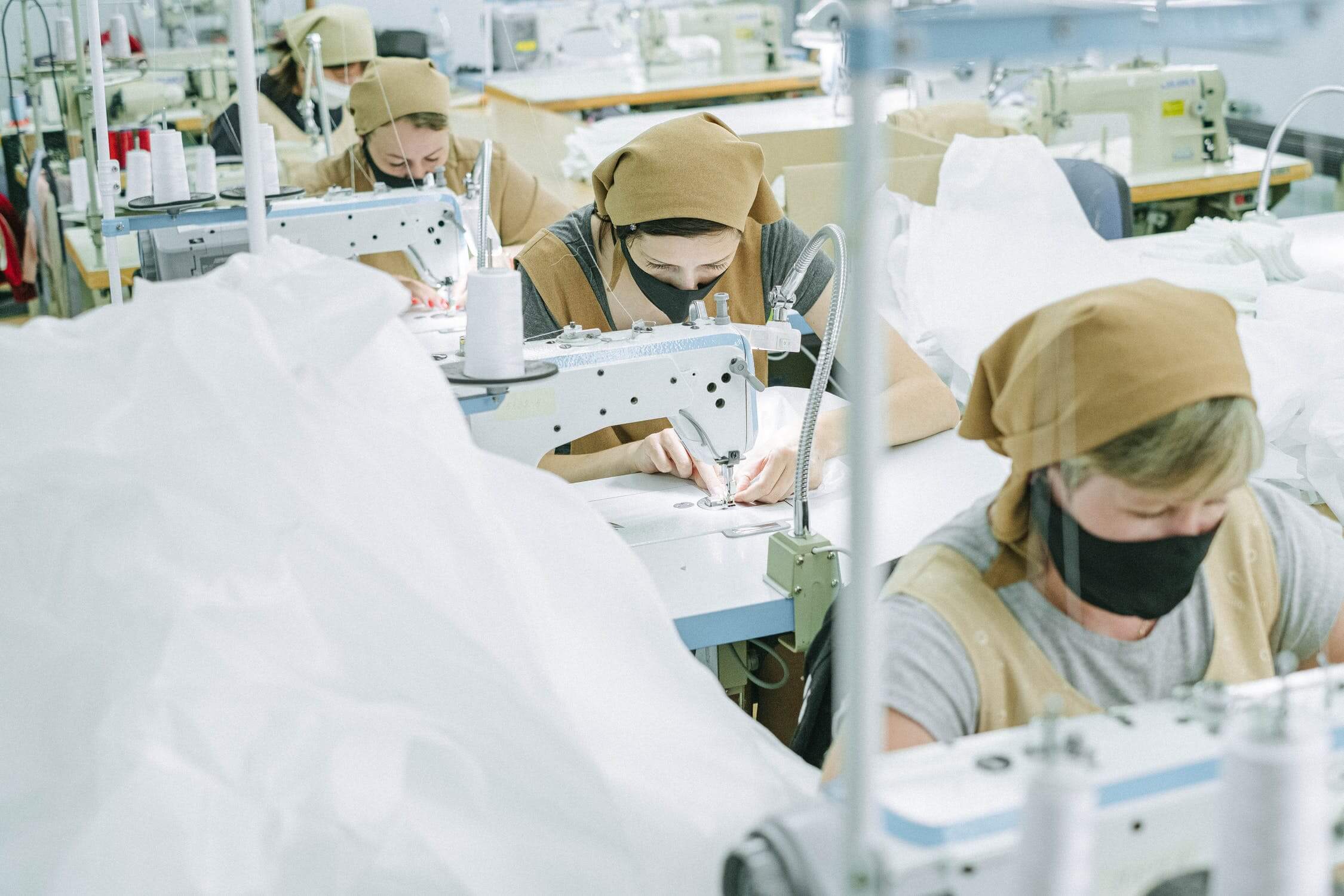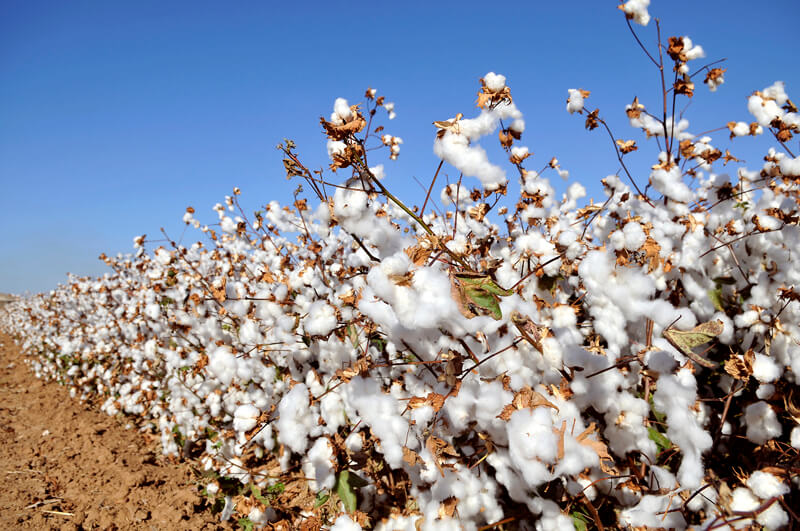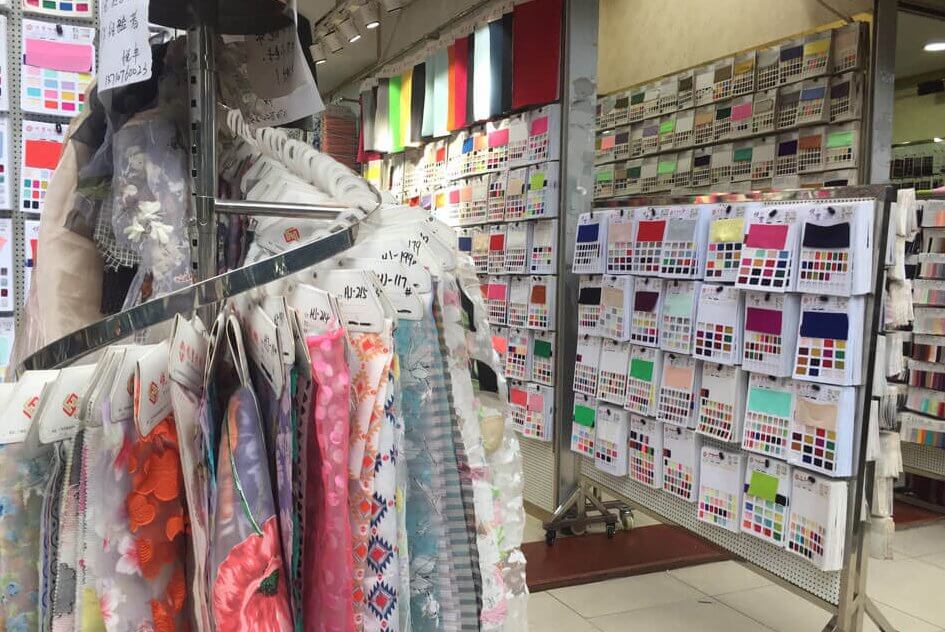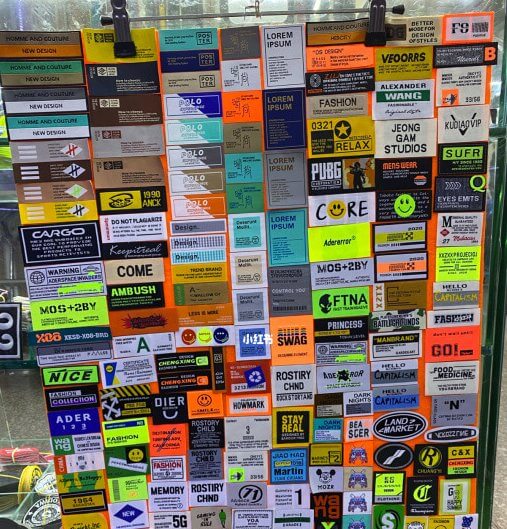As a garment beginner, are you worried about finding a garment factory overseas? Many countries around the world have clothing factories. Do they all have the same manufacturing capabilities and target customer base? Obviously not, as the overall strength and economic power of each country varies, resulting in very different strengths and weaknesses in the apparel industry in different countries. Want to know how to find the right factory for you?
Now, let’s see the differences in labor cost, resources, supply chain and MOQ, between companies in China versus companies in other countries:
Labor Cost
One thing to remember is that a country’s low minimum wage is not necessarily responsible for low pay in the garment business. Workers in the garment business may be paid more or less than the min wage for a variety of political reasons.
For example, the non-profit Micro Opportunities discovered that more than 60% of Bangladeshi women textile workers receive less than the minimum wage. Garment workers in America, on the other hand, receive more than the federal minimum wage since certain regions have higher minimum pay and guaranteed benefits differ by state.

The cost of labor in China is somewhere in between, because China has well-established labor laws to protect the rights of workers. So Chinese workers’ salary always above the minimum wage. On the other hand, experienced workers are quite in demand in Chinese garment factories. Because they are able to produce clothingreally fast and well, they can bring the factory an inestimable profit. Therefore, skilled workers can be paid up to US$1500-US$1800 each month.
Resources
China has a vast range of resources, ranging from textile manufacturing materials such as cashmere, wood and agricultural crops. All these resources are then used in the production of textiles from which clothing is made. Due to China’s rich land and high labor and rich crops, China does not have to import raw materials, as it can produce most of these materials.

European countries or the USA, on the other hand, import most of the raw material used in making clothing, and this leads to increased production costs of these items.
Other Asian countries, such as Vietnam, Bangladesh, etc., produce some of these materials, but they also have a higher import rate, balancing the workforce cheaper than China, because the price of the raw material is a little higher.
Supply Chain
Comparing China’s supply chain with that of factories in Europe, America and other Asian countries, China has the most complete textile industry supply chains in the world, as Chinese factories produce the product from seed planted to the ground until the garment is sent to customers all over the world.

The other factories usually import textiles or other accessories from China. Either because they do not have local fabric/ accessory market or the equipment needed to produce everything in their factory.
In the apparel industry belt, Guangdong and Zhejiang of China, you can purchase any fabric or accessories easily.

MOQ ( Minimum Order Quantity)
When importing items overseas, the term “minimum order quantity” or “MOQ” is one that you should become acquainted with. In the apparel industry, manufacturers will always have their own MOQ.
Tips of MOQ in China:
MOQ of small-medium size factory is around 100-300pcs per color and per design
MOQ of medium size factory is around 500pcs per color and per design.
MOQ of huge factory groups will reach to 1000pcs per color and per design or more.
China is recognized as the country with the smallest and medium-sized factories, which have very flexible minimum order quantities, depending on the you needs. Other factories in other countries in Asia are mostly aimed at large or very large companies, with very high minimum order quantities. Because they do not have a complete supply chain. Most of the fabrics and accessories are imported from China. Overseas sourcing is very costly for factories in terms of labor, material and logistics. Therefore, garment factories in Southeast Asia usually do not accept small orders of a few hundred pieces.
MOQ of Clothing manufacturers in Europe and the USA, it’s hard to have an exact number for MOQ. They have MOQ from 10pcs to hundreds pcs. However, normally they only offer you some simple printing and embroidery and packing service if MOQ is too low.
How to Get a Reduced China MOQ?
A large MOQ is a difficult barrier to overcome, especially for small firms. Importers, on the other hand, should not be discouraged. Chinese suppliers are known to be more versatile of MOQs than their competitors in other nations. What you may do to try to negotiate a reduced MOQ with your Chinese supplier is as follows:
• Offer higher pricing: Your Chinese supplier may agree to decrease the MOQ in return for a high per-unit price, allowing them to meet their production expenses regardless of the smaller order.
• Purchase from smaller factories: Smaller manufacturing is sometimes more flexible with regard to MOQs.
• Consider making a long-term commitment: If you can persuade your Chinese supplier that you intend to become a frequent customer, they may be ready to decrease the MOQ.
• Participate in joint orders: Accepting a supplier’s MOQ but without paying a higher price per unit is one option. Participating in joint purchases with other merchants who trade in the same items is another.
• Utilize current inputs: As previously stated, a supplier’s MOQ is linked to the MOQs of their subcontractors. Check with your Chinese supplier to see whether they have raw materials and inputs in inventory that can be utilized to manufacture your items.
• Purchase Ex Works: Ex Works is an Increase in frequency or commerce term that means the vendor does not have to transport the products. When a customer decides to acquire items Ex Works, he or she is accountable for picking up the products from the seller’s factory/warehouse and shipping them somewhere at their own expense.
• Pay in installments: With this choice, the buyer will pay the provider in installments for the items. Most suppliers, however, may refuse to agree to such an agreement, especially if it impacts their cash flow.
•
Avoid over-customization: If your unique product can be developed using standard components rather than custom-built components, the supplier may be ready to decrease the MOQ.
Conclusion
China factories are suitable for all kind of companies, from start-ups to wholesales, small-medium sized companies and also major companies, while other factories in Asia are suitable only for large sized companies. The factories in developed countries are more suitable for those brands who is more keen faster turnover time and face-to face communicate.
As a manufacturing powerhouse, China’s economy develops, and the country’s products appear to be everywhere. The preponderance of tags, stickers, and stickers on the a wide range of products state, “Made in China.” As a result, it’s understandable for Western customers to question, “Why is everything created in China?”
Some may believe that the ubiquity of Chinese items is due to the quantity of inexpensive Chinese labor, which lowers manufacturing costs, but there is far more to it. Aside from cheap labor costs, China has earned the moniker “the world’s factory” due to its robust business landscape, complete supply china, decades of experience and low taxes.
